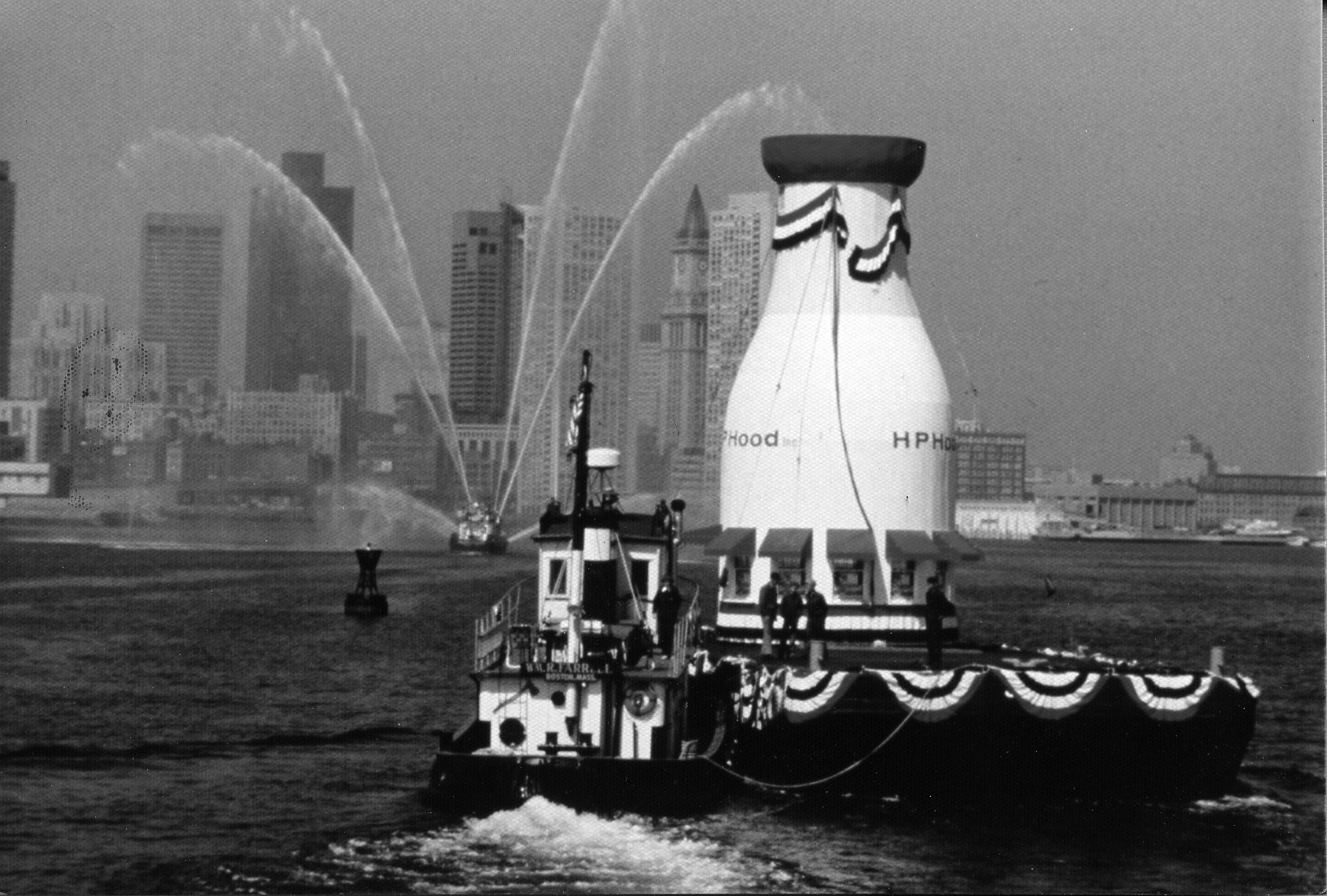Read the Stories Online
Each Story reveals how the museum operated and particularly how it negotiated the tricky territory between its values and resources and the pressures to get solid, useful work done in a way that made a difference to the clients it served--kids, parent, teachers, and the community.
Preface: from Carole Charnow, President and CEO, Boston Children's Museum.
Introduction: from Mike Spock, Project Director & Former Boston Children's Museum Director.
Story 01: An Optimistic Time: George Hein points to the influences of progressive education, curriculum “improvement,” child development, and social activism on the museum’s ethos.
Story 02: Education of a Dropout: Mike Spock learns how his disabilities and non-standard education turned out to be assets in re-conceiving and developing a new kind of museum.
Story 03: Birth of Playspace: Jeri Robinson negotiates the gap between her vision and the museum’s in carving out a place and program for preschool children and their caregivers.
Story 04: Where Did the Ideas Come From: Janet Kamien traces the intersections of personal interests, community needs, and a creative vision that inspired exhibits, programs, and other efforts.
Story 05: Memoirs of a Bubble Blower: Bernie Zubrowski explores how he brought his simple but profound science programs to the museum and to other places where kids live their lives.
Story 06: The Big Move: Mike Spock narrates how a high-stakes collaboration in a real estate project brought down one partner, almost destroyed the other, but ultimately succeeded.
Story 07: Managing the Organization: Elaine Heumann Gurian talks about the values and tools that allowed her team and the museum to run an open but structured and effective organization.
Story 08: Working Together to Get it Right: Joan Lester confronts the limits in her formal education in and then builds dynamic and enduring relationships with her native collaborators.
Story 09: Beyond Museum Walls: Dottie Merrill and Pat Steuert describe the evolution of teacher services and the deep collaborations with Boston schools and community organizations.
Story 10: Cultural Learning: Two Models: Leslie Bedford and Leslie Swartz mine collections, programs, materials, exhibits, projects, advisors and staff to bring communities and audiences together.
Story 11: Learning to Lead: Mike Spock, on the edge of organizational meltdown, finds help in rethinking and restructuring his job so he can continue to lead this unconventional museum.
Search the Archives: For anyone who wishes to delve deeper into the core stories by following these trails, the archive offers a rich selection of original source materials linked by topic. For students, scholars or anyone interested in research, it is a goldmine.




